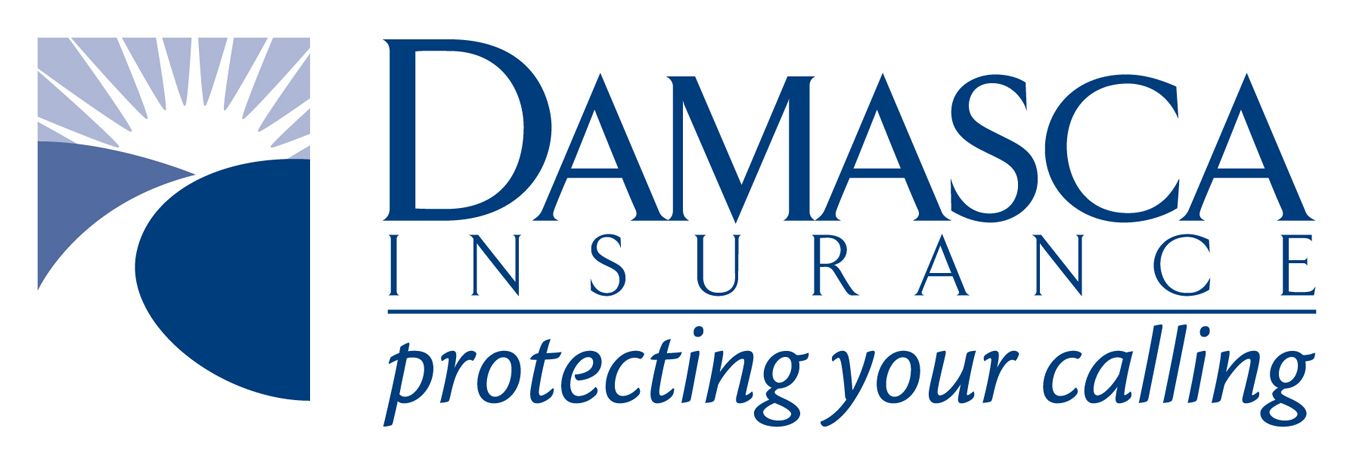Understanding Hurricane Percentage Deductibles vs. Windstorm and Hail Percentage Deductibles
In areas prone to severe weather, especially along coastlines, property owners often hear about three types of percentage deductibles: Hurricane, Named Storm, and Windstorm and Hail Percentage Deductibles. While all three terms might seem interchangeable at first glance, they are distinctly different and can significantly impact how much an insured person pays out of pocket following a damaging storm. At Damasca Insurance, we believe it’s important for our clients to understand these differences when purchasing or reviewing their property coverage.
What Is a Percentage Deductible?
Unlike traditional deductibles, which are typically a flat, set dollar amount, percentage deductibles are based on a percentage of the insured value of your property. For example, if your property is insured for $1,000,000 and your deductible is 5%, you would be responsible for the first $50,000 of any loss.
However, the type of d eductible that applies depends on the specific event that caused the damage—this is where the distinction between hurricane, named storm, and windstorm and hail deductibles comes into play.
Hurricane Percentage Deductibles
A hurricane deductible applies only when covered property is damaged as a result of a hurricane as defined in the policy. Damage from any non-hurricane occurrence would, therefore, be subject to the lower flat deductible of the policy.
While the language used by insurance companies will vary, there are four critical things contained in most hurricane deductible forms that Florida commercial property owners should keep in mind:
- Companies usually define a hurricane as a storm system that has been declared to be a hurricane by the National Hurricane Center (NHC) of the National Weather Service. Damage from a storm system not declared to be a hurricane by the NHC would, therefore, not be subject to the hurricane percentage deductible.
- The hurricane occurrence begins at the time that a hurricane watch or warning is issued for any part of Florida.
- A hurricane occurrence typically ends 72 hours after the last hurricane watch or warning has been issued for any part of Florida. In other words, if a hurricane is downgraded to a tropical storm before it damages your property, the loss will still be subject to the hurricane percentage deductible.
- Damage from a hurricane occurrence typically isn’t limited to wind damage by the deductible form. For instance, lightning and hail damage associated with the hurricane may also be subject to the percentage deductible. Additionally, damage that occurs as a result of hurricane damage, such as subsequent interior water damage due to a missing roof, would also be subject to the hurricane percentage deductible.
The key takeaway with a hurricane percentage deductible is that it only applies to damages caused by hurricanes and nothing else. This means that if your structure is damaged by another type of weather event, the percentage deductible will not apply.
Named Storm Deductibles
Named Storm Deductible Forms are non-standard and can therefore vary greatly in language. Generally speaking, however, these percentage deductibles are typically activated under similar rules as hurricane deductibles. A named storm is usually defined as a storm system that has been given a name (not just a number) by the NHC. Any damage sustained from a named storm is subject to the percentage deductible; damage from any other covered peril would be subject to the flat deductible. And like the hurricane deductible, this can extend to damage occurring even after the storm has been downgraded and left Florida.
Windstorm and Hail Percentage Deductibles
On the other hand, a windstorm and hail deductible applies to damage caused by any windstorm or hail occurrence. The broader scope of the windstorm and hail deductible means that a percentage deductible can be triggered more often than a hurricane deductible. For example, wind damage to the roof of a property could lead to the activation of this deductible, even if the damage was not the result of a hurricane or tropical storm. However, unlike the hurricane or named storm deductible, most windstorm and hail percentage deductibles will only apply to two types of damage: windstorm and hail (and subsequent loss resulting from the windstorm or hail damage). Other damage, such as from a lightning strike that’s part of the same storm system, would be subject to the flat deductible.
Choosing the Right Deductible
Understanding the differences between these three deductibles can help you make the right decision for your organization’s insurance policy. In Florida, hurricane deductibles are generally applied only to residential properties, such as homes and parsonages, as required by the state. For commercial properties, it is more common to see windstorm and hail deductibles offered by admitted insurance companies. While some non-admitted companies may provide named storm deductibles, the standard windstorm and hail deductible remains the most frequently used for commercial structures.
At Damasca Insurance, we recommend discussing your specific risk factors with an insurance professional to determine which deductible structure best suits your needs. We are here to help ensure your property is protected from whatever nature throws your way.
Contact us today
to review your policy and explore your coverage options!
Disclaimer: Coverage forms and deductible structures may vary by insurance company and policy; it's essential to review your specific policy details to understand the terms and conditions that apply.
